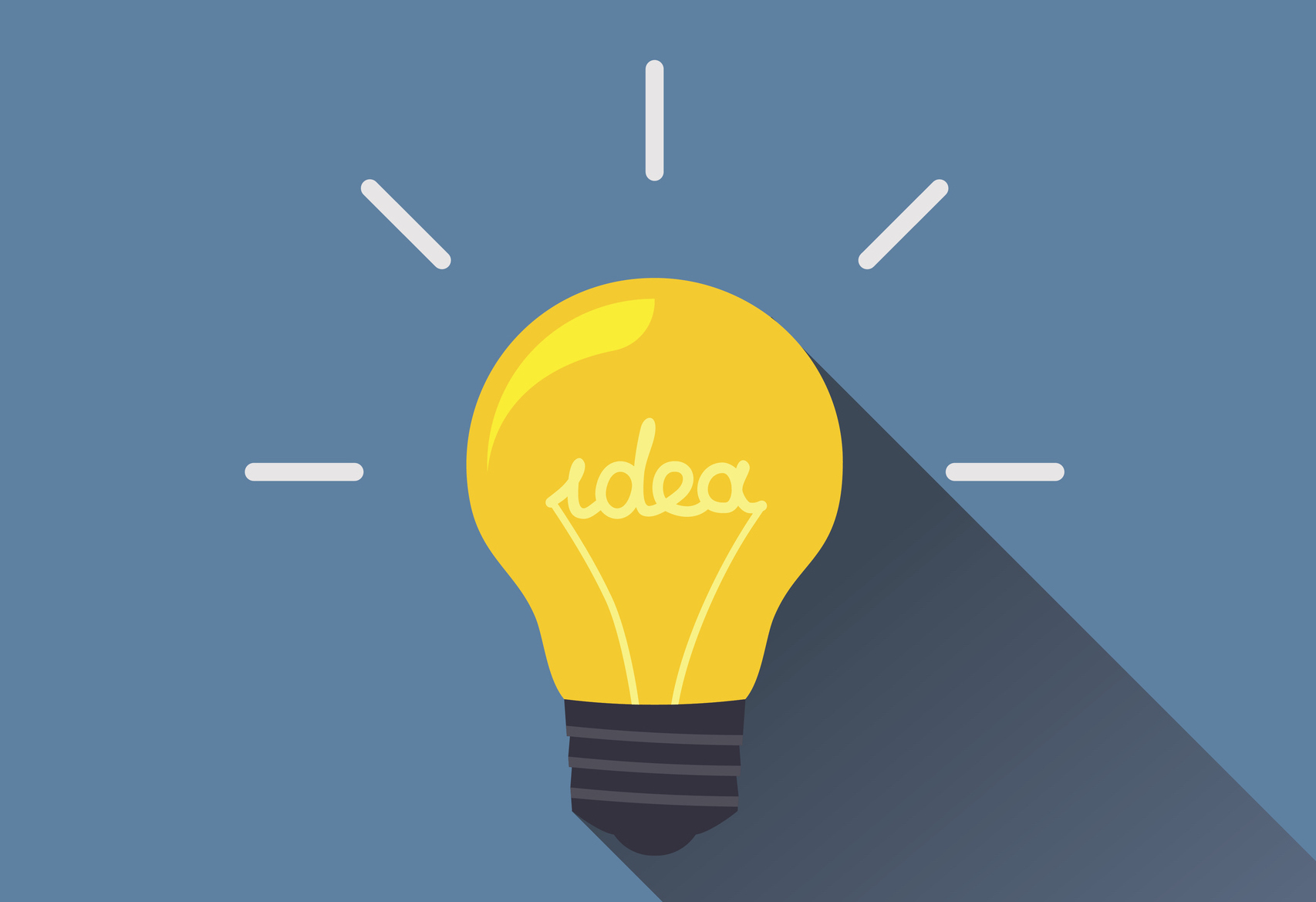
Damage Relief for Patent Infringement
© 2002, Dawsey Co., LPA
December 2002
A utility patent owner with a provable case of infringement, and the patience and wherewithal to successfully prosecute an infringement action, must remember that he or she has four possible types of damages available.
35 U.S.C. S 284 governs damages. While the law provides no maximum damages, it does provide a minimum. Damages shall “in no event [be] less than a reasonable royalty for the use made of the invention by the infringer.” Additionally, the court may increase the damages up to three times the actual damages suffered. The four types of damages to remember are as follows.
First, compensatory damages are designed to replace what the inventor has lost. In the case of an inventor who does not have the capacity to manufacture his or her own invention, compensatory damages set at a reasonable royalty might be appropriate. A reasonable royalty would be that amount, determined by the court, which a person desiring to manufacture a patented device would be willing to pay. For an inventor who actually makes the product that was infringed, expanded possibilities exist. The inventor can recover lost profits due to the infringement measured by either the owner’s profit margin or that of the infringer. The owner must prove a reasonable probability of having made the sales but for the infringement, but does not have to prove that prospective purchasers certainly would not have bought a competing or alternate product.
Second, while indirect damages are generally not recoverable, the “entire market value” rule allows a patent owner to collect damages based on the value of an entire infringing device, even if that device contains multiple features and only one of the features infringes.
Third, a patent owner can collect both prejudgment and postjudgment interest on an infringement award.
Fourth, and very importantly, a patent owner may recover punitive damages. 35 U.S.C. S 284 allows a court to award up to triple damages if the infringer has knowingly, deliberately, intentionally, willfully, or wantonly infringed the patent. According to the U.S. Supreme Court, three factors guide a decision to award enhanced damages; (1) whether the infringement was willful or deliberate; (2) whether the infringer had a good faith belief that the patent was invalid; and (3) the party’s conduct during the litigation. Determinations of willfulness are difficult and must be made on a highly individual basis that are beyond the scope of this discussion. While not strictly a form of damages, 35 U.S.C. S 285 provides for the recovery of attorney fees in “exceptional cases.” More on that item in a later article.
